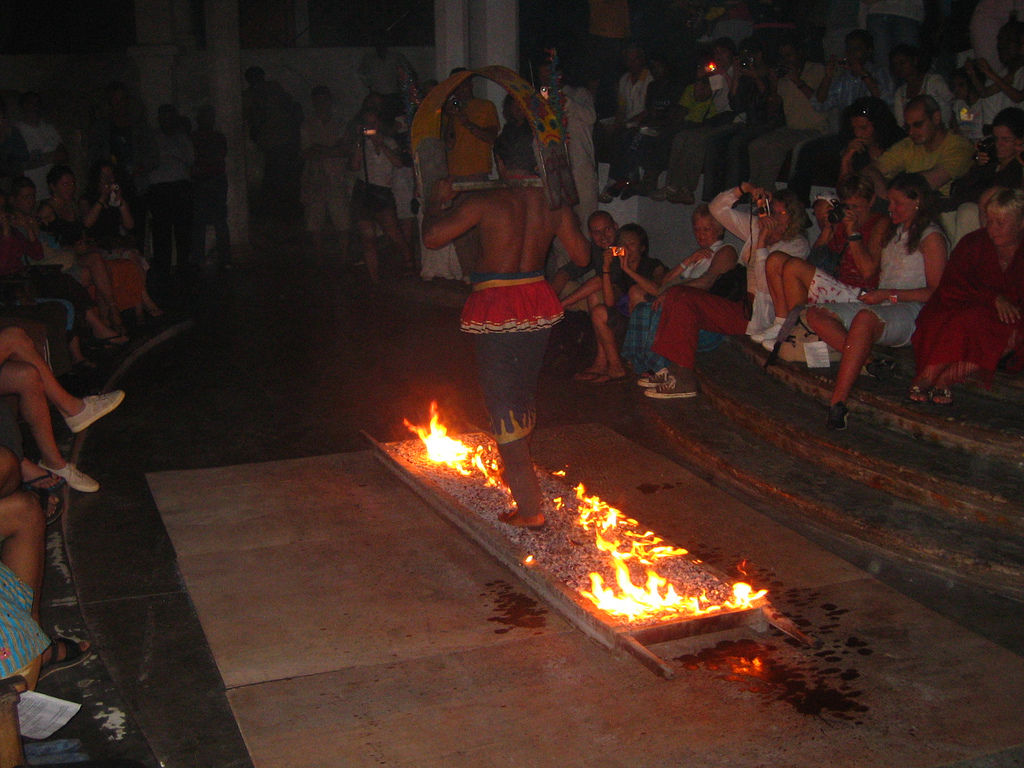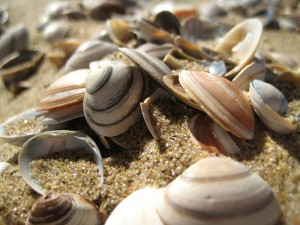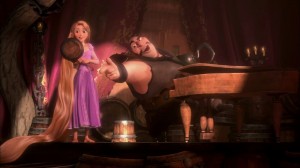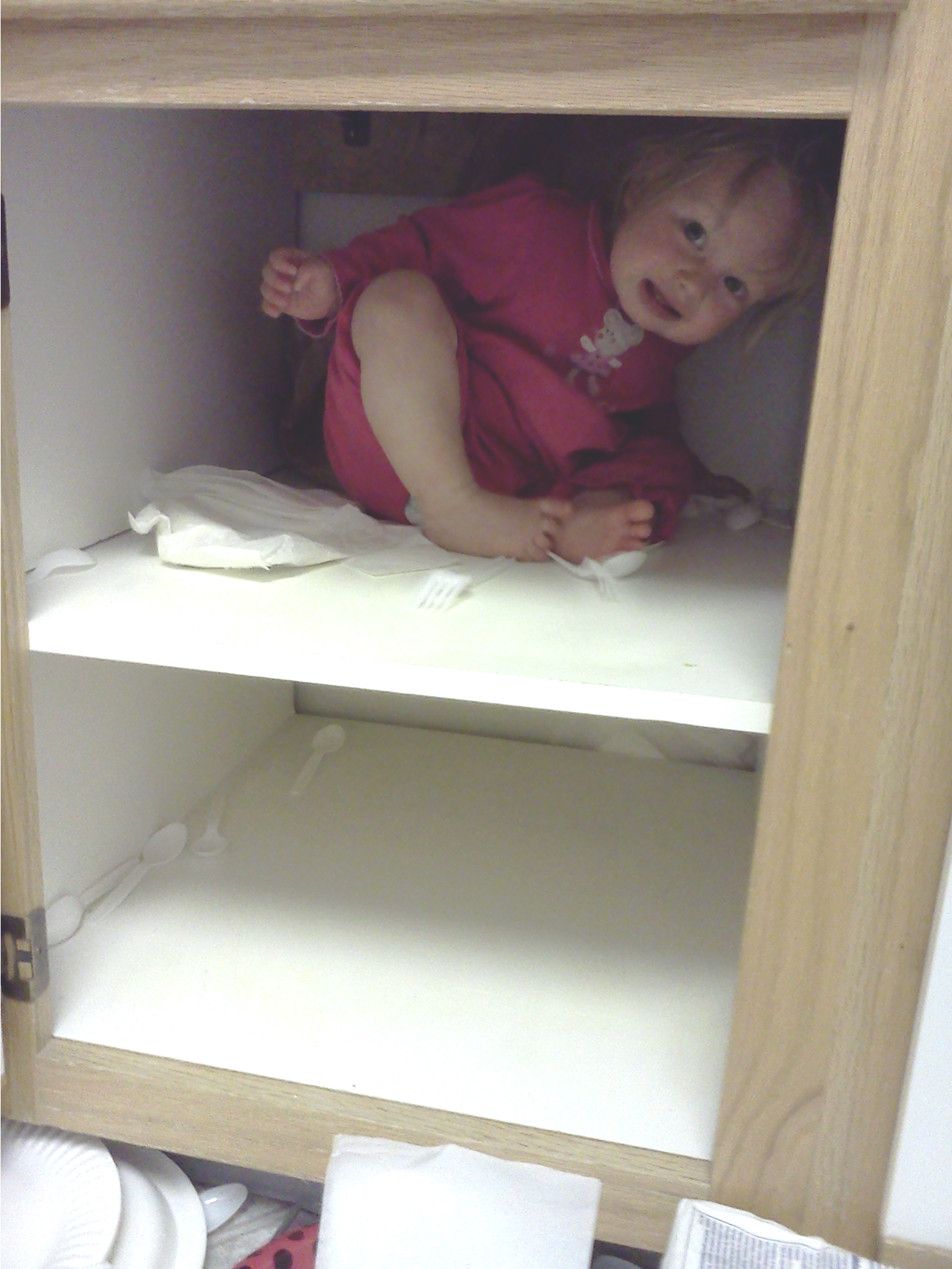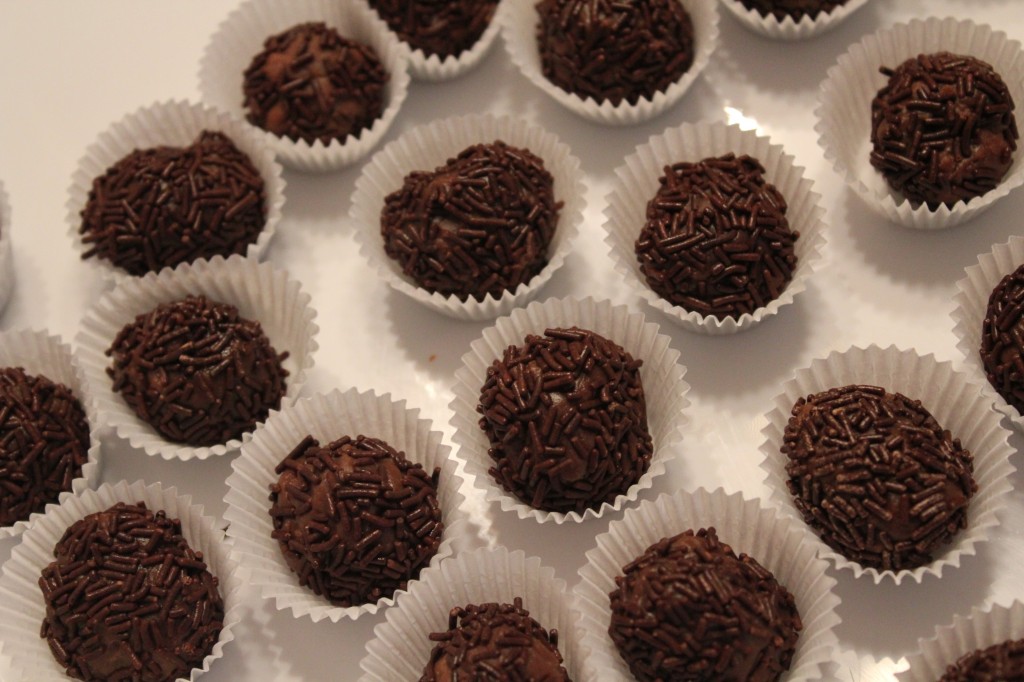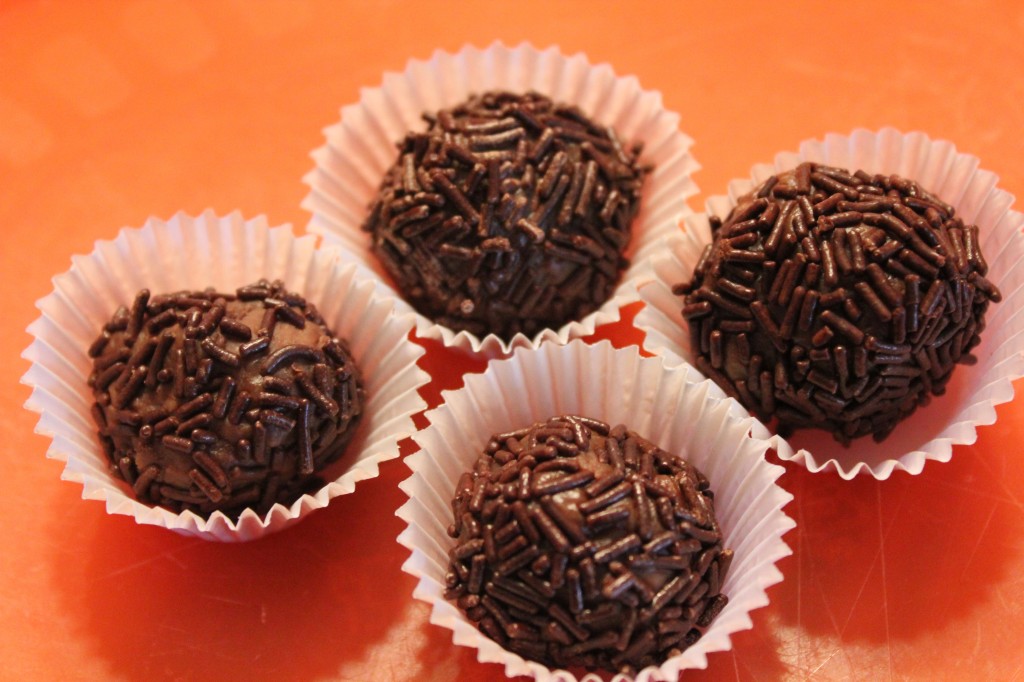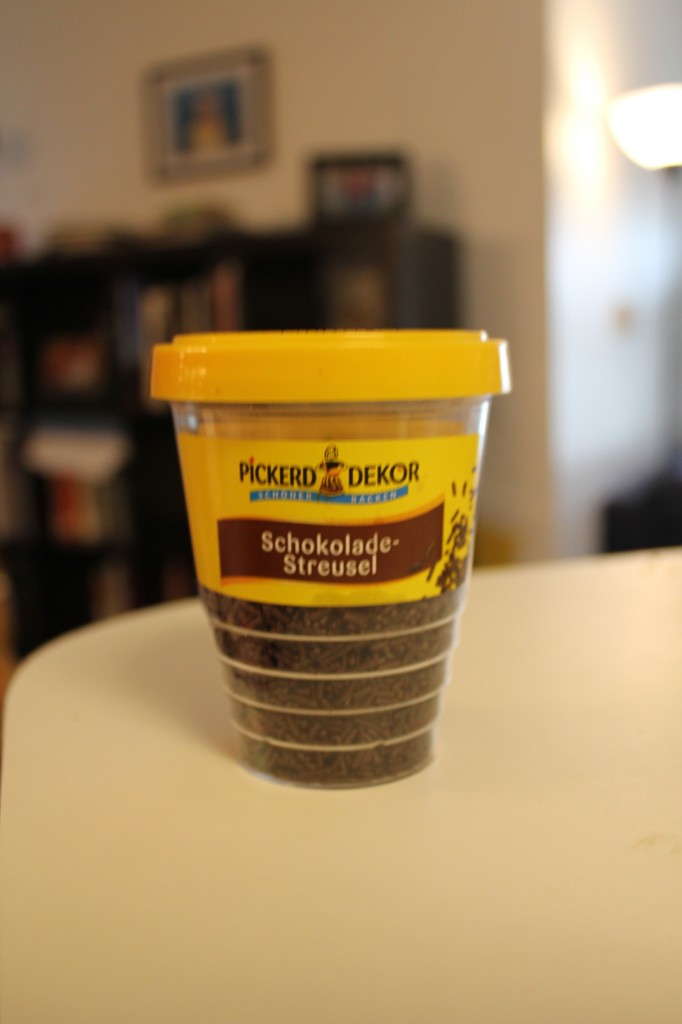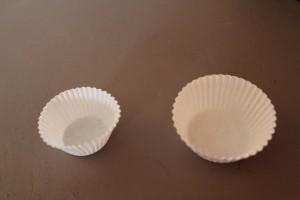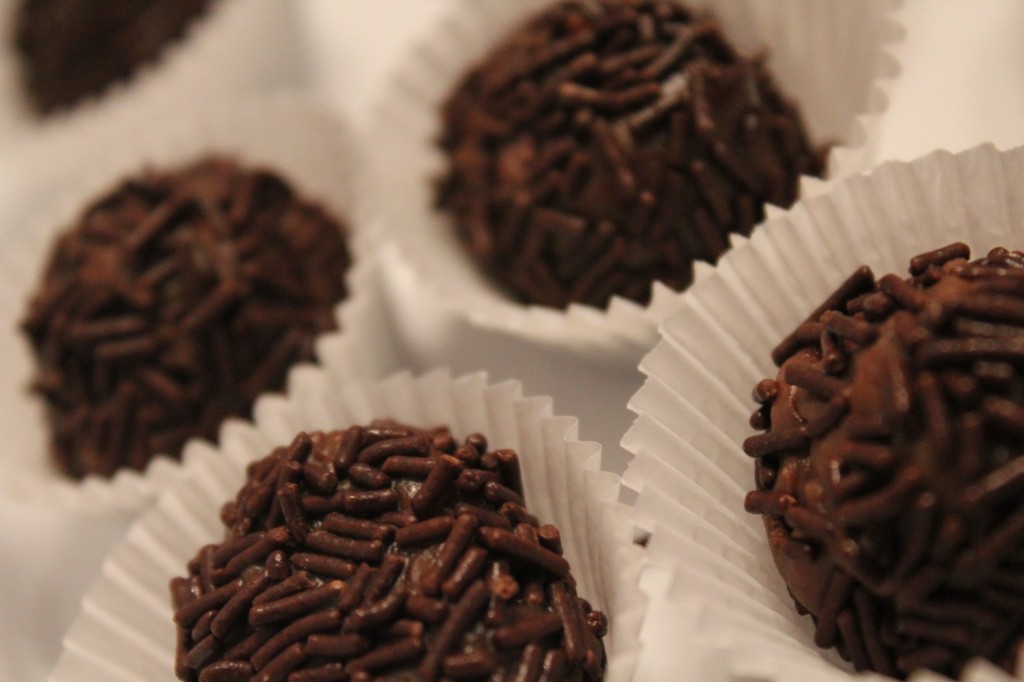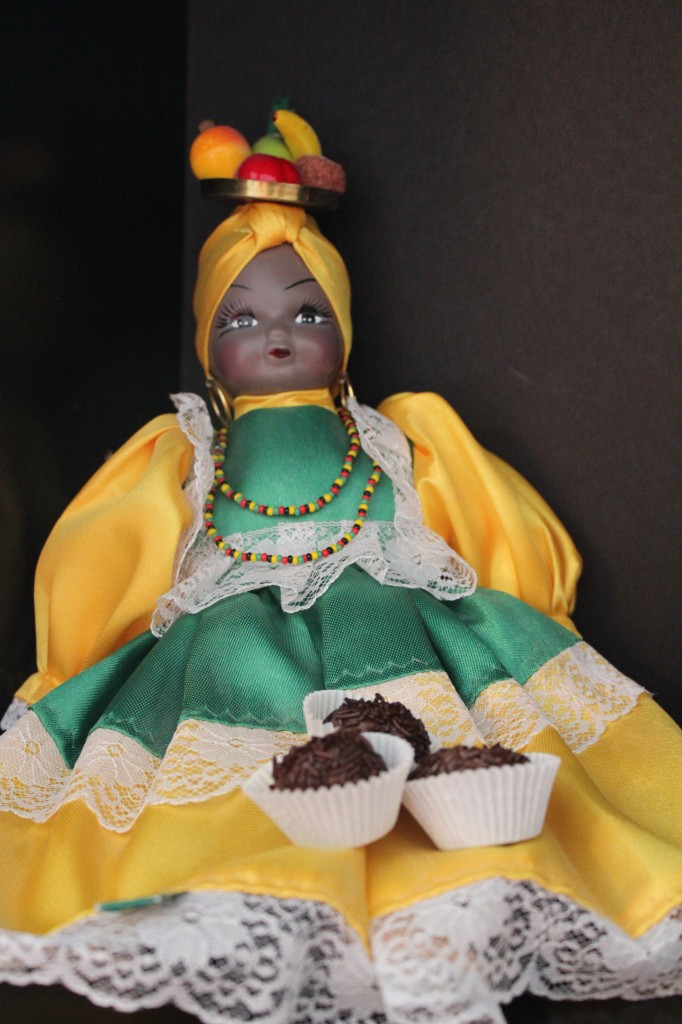Writing is Like…
The idea wasn’t originally mine–as is common in the writing classroom, I borrowed it from another teacher. Every semester, on the first day of class, each of my students has to complete the metaphor “Writing is Like…”
I’ve now heard hundreds of metaphors, many of them involving pain and suffering–for freshmen taking a required general education writing class, writing is often like opening a jar full of cockroaches. Or writing is like wandering, endlessly, in a maze that, well, never ends.
For me, writing is like a great many things, and I’ll share some of these metaphors over the coming weeks. But first, I’ll start with the one I share on the first day of class every semester.
Writing is like walking on a bed of coals, and then finding oneself on a tropical beach.
Yes, writing can be painful. I force out words and sentences that frustrate me–they’re poorly built, they’re not headed in the right direction, and sometimes, they’re simply the wrong words for the situation, a defilement of the empty page. Sometimes I burn myself while writing.
But my metaphor is more complex than that. According to Wikipedia, firewalking has been seen “as a test of an individual’s strength and courage”; this too is true with writing. And just like firewalking, in practice writing is not as painful as it looks: while I’ve never tried firewalking, apparently “the amount of time the foot is in contact with the ground is not enough to induce a burn” and “embers are not good conductor of heat.” In other words, writing doesn’t have to be painful.
Last February I watched a show featuring firewalking near the beach in Oahu, Hawaii. In the same way, when I’ve finished writing something, especially something that challenges my skills and creates something of worth, I feel like I’m vacationing on a tropical island.
What do you think? Is writing painful for you? Do you find anything redemptive about it?
Photo Credit: Aidan Jones, Creative Commons license
This page called Metaphors about Writing has links to all the other posts I’m writing in this series.

